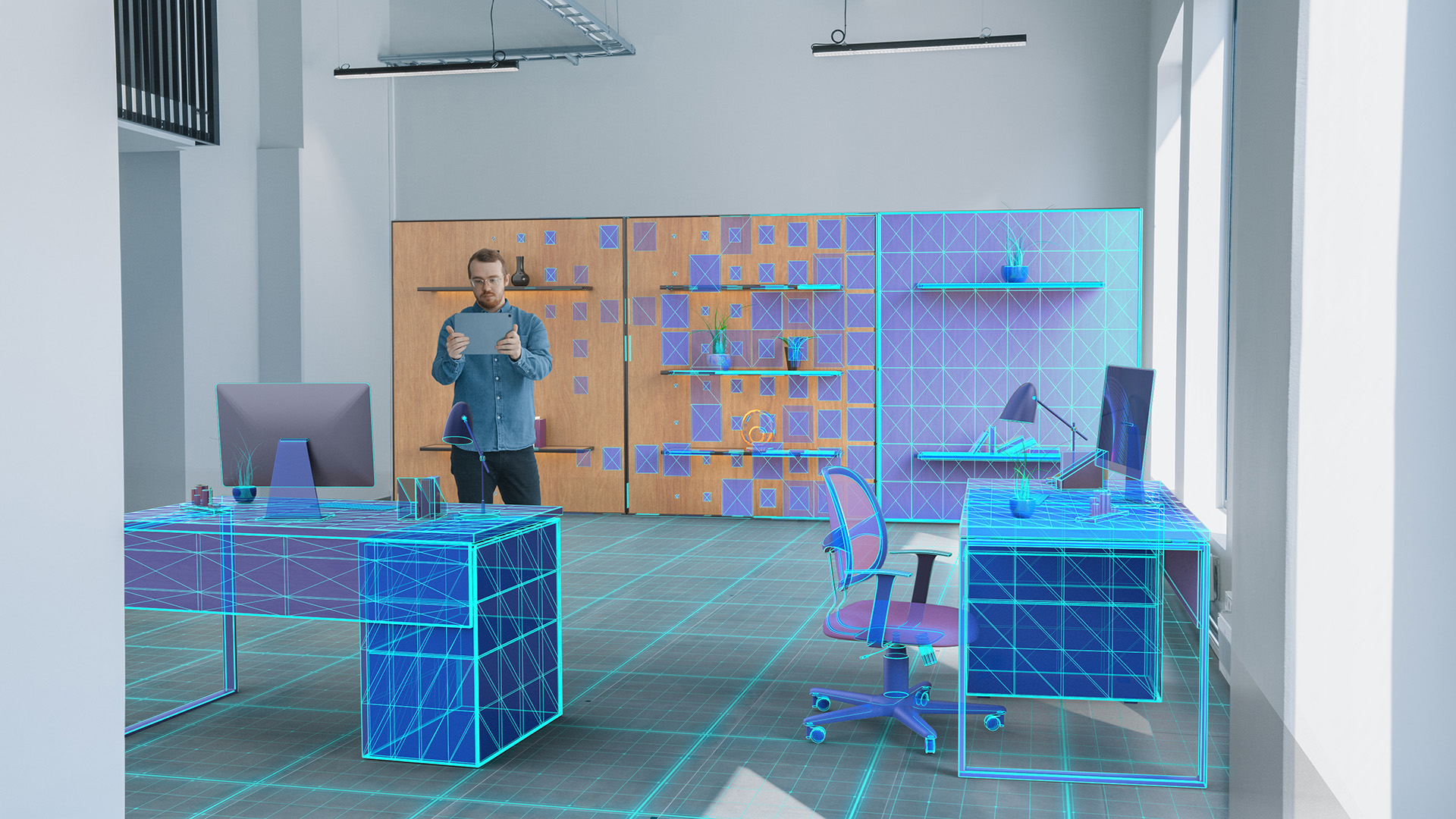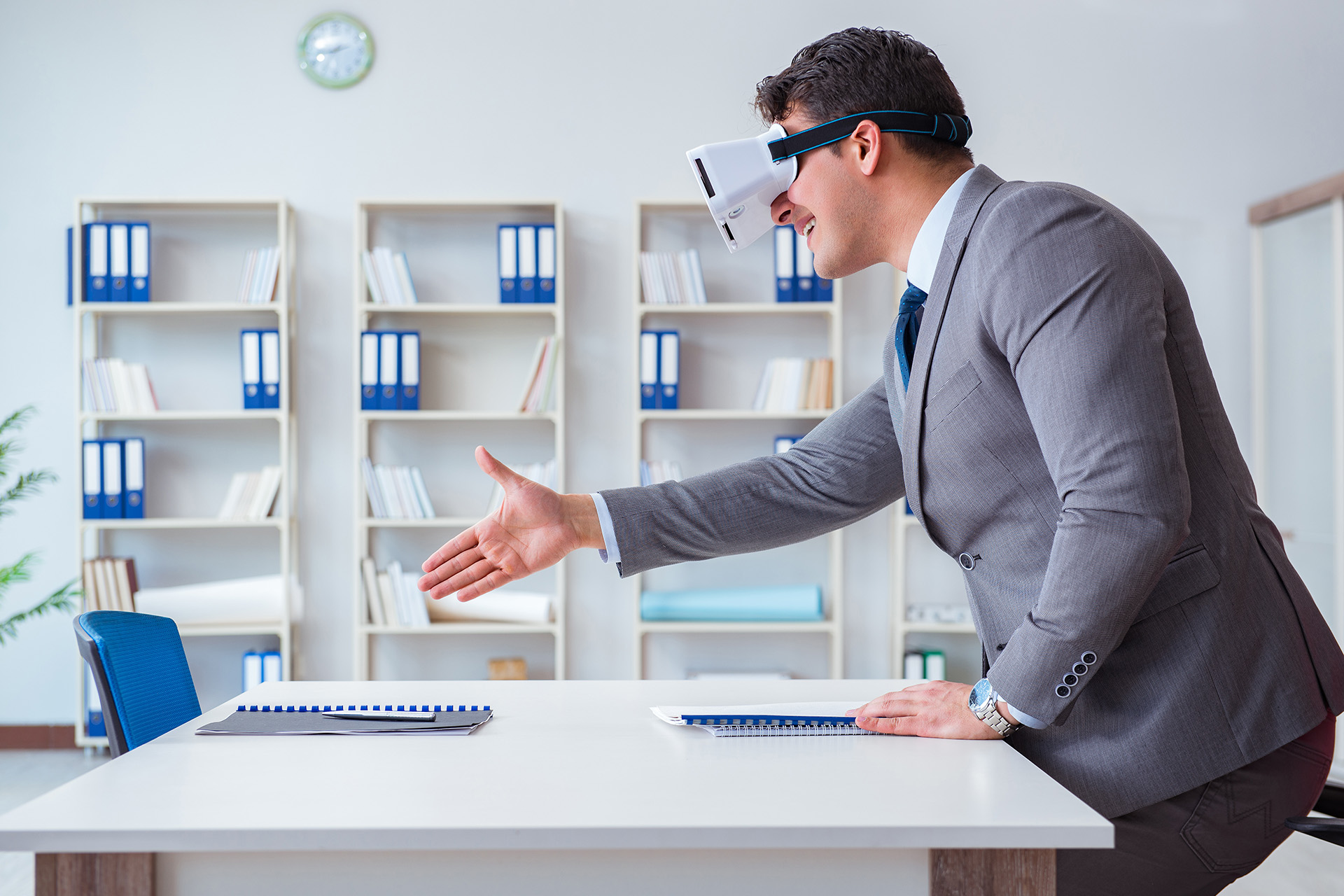
Virtual Marketing for Real Estate in 2021
If you work in Real Estate, you know that sales strategies had to pivot sharply this past March. Almost overnight, Virtual Marketing was the only point of contact that met both customer expectations and regional or municipal health orders. And yet, in a climate of anxiety and uncertainty, the Real Estate industry managed to adapt and even thrive.
Today we want to take a closer look at how this all happened and explore the role virtual tools have played in Real Estate’s success in spite of adversity. And most importantly, will all this Virtual Marketing continue in the future?
“Prices for residential properties in Montréal, Ottawa, Toronto, Calgary, Vancouver, and Victoria increased by 5.7% year over year in the second quarter of 2020 despite COVID-19.” – Canadian Housing Market News, WOWA
Is Real Estate simply too strong of an industry to flounder under pressure? Were the right tools already in place to allow professionals to quickly change they way they did business?
It’s worth answering these questions to plan for an even stronger 2021. Especially as economies everywhere are still fragile and any industry that demonstrate successful adaptation should do so.
Remote Real Estate Sales
It became obvious as the spring of 2020 wore on that we were entering a long-term pandemic. Despite intermittent optimism that things would return to normal or that public life wouldn’t change that much, proactive people identified the need to acknowledge a ‘new normal’ and to do business accordingly.
During March, April, and May of 2020, remote work was the only option for all non-essential services. And yet prospective buyers were still ready to view properties. Sellers still wanted to list properties. And construction pushed forward in spite of all fears and restrictions.
Yet, no reputable salesperson would be offering in-person tours – certainly not when remote tools like VR and AR could get the job done. So, prospective buyers that would have chosen on-site tours and in-person meetings had to open up to Virtual Marketing alternatives. Real Estate salespeople met this challenge and the industry carried on.
Because when there are two paths, one that functions, and one that doesn’t, the choice quickly becomes a no-brainer.
360-degree tour of Pacific Point by Lark Group
“Prior to the hit of the coronavirus pandemic, virtual 360-degree interactive tours and video walk-throughs were already trending as an add-on to MLS listings; in the midst of social distancing measures, these have now become a necessity for agents to showcase properties.” – ReMax Canada, April 17,2020
Virtual Marketing Pays Off
Real Estate professionals who had already adopted Virtual Marketing tools were the first to successfully adapt to remote sales. But rather than smugly gripping our lapels and saying ‘I told you so,’ our reaction is one of empathy for anyone who struggled to make this change. We whole-heartedly encourage any salespeople still working exclusively through phone calls and photo-laden emails to consider what 360-degree images and AR content can offer.
The switch to Virtual Marketing and remote tours has brought up new considerations over and above health and safety. Are virtual tours simply a better mechanism for connecting the right home with the right buyer? When all the staging and scented candles are removed from the equation, do we achieve a better outcome?
“For the fourth month in a row, a global pandemic proved no deterrent for the Toronto real estate market. October home sales blew away where things sat a year ago despite the fact that, at the outset of the month, the Ontario Real Estate Association nixed open houses. Might the move away from in-person showings contribute to the perennial toppling of sales records by enhancing the experience for home buyers?” – Toronto Star, November 28, 2020
How to Use VR, AR, & 360-Degree Content
The first and most important point to remember when planning a Virtual Marketing strategy is that none of these tools will replace the personal touch of a skilled salesperson. Yes, in strong markets, some properties will practically sell themselves. But you’ll still want to ensure that as many of your prospects as possible become purchasers.
Using VR, AR, and 360-degree content is both a nod to your understanding of the highest industry standards of digital marketing collateral. But in 2020, it is also an acknowledgement that you respect your clients’ health and safety and that you prioritize the best combination of a realistic tour and a safe property viewing experience.
Sharing content with your clients can be a simple as sending a link or directing a prospect to embedded content, or social media profiles. But we all know the best Real Estate professionals are proactive. Anticipating what an individual client will love, sending that content, and following up over the phone allows you to demonstrate an attentive understanding of a client’s needs, along with your commitment to helping them find the right property.
The Future of Virtual Marketing
Questions about the long-term viability of leaning hard on virtual Real Estate sales swirled around the industry earlier this year. Would prospective buyers still be willing to buy a property they still hadn’t technically set foot on once the option to tour in-person becomes safe again?
We can see a two-pronged approach developing over time. As health and safety restrictions ease, cautious buyers will still hold off on touring just any property. The so-called ‘kicking tires’ phase is much more likely to continue through Virtual Marketing tools like augmented handbills and virtual or 360-degree tours. Only when a buyer is really ready to sign will they want to walk through a physical door and see their potential new home in real life.
Commercial buyers, however, are far more likely to do absolutely everything virtually, particularly if they plan to rent or flip after purchase. A property purchased exclusively as an investment will still need to meet expectations and tick particular boxes depending on the client. But will that result in a tour? It’s far less necessary, there for less probable going forward.
Getting Creative with Technology
As much as we love all things Extended Reality, it’s worth mentioning that Real Estate professionals should be looking at technology in a broader sense to help boost Virtual Marketing efforts.
Throughout 2020, we’ve seen salespeople use everything from telepresence products to quick and easy phone videos to communicate remotely with clients. It goes without saying that higher end properties and more well-monied prospective buyers call for more sophisticated presentations. But resourcefulness matters too, and having the right tools at your disposal enables the flexibility today’s Real Estate industry needs.

Image credit: Elnur / Adobe Stock
Keeping Your Client in Mind
The last thought we want to leave you with is that 2021 will continue to see active Real Estate markets around the world. It’s our sales tools that have changed more than demand for property.
And that demand comes from as many sources as it always did. Depending on your client base, you will have residential family buyers, investors of all shapes and sizes, as well as commercial clients with varying needs.
So, remember that Virtual Marketing strategies aren’t adversaries or replacements for the work sales people do. These digital tools simply allow you to improve the quality of your presentations and meet your clients where they are at in terms of expectations and comfort with in-person contact.
Virtual Marketing Transformation Planning
Improvisation will always be an important part of any salesperson’s repertoire. And every team will have members with different strengths and weaknesses. So, planning for a one-size-fits-all strategy will never be ideal.
However, if you manage a team of Real Estate salespeople who need and want to update the way they do business, we suggest tackling the problem on a systemic level, on an ongoing basis. And that means transformation.
If you specialize in residential home sales AND you want to ensure you have a 360-degree video for every listing, what steps will you take to ensure your office meets that standard?
If your firm focuses on leasing commercial properties AND you want digitally to demonstrate leasehold improvement options to potential tenants, do you know where each and every rendering will come from?
Whatever you sell, however you have been selling, if you feel like 2020 has been a constant scramble with no end in sight, now is the time to regroup and prepare for 2021.
Your Virtual Marketing Team
Stambol has a strong track record of helping Real Estate salespeople and developers create VR tours and 360-degree content. We have worked extensively on presales collateral as well as Virtual Marketing for existing properties. We can help you promote renovation or addition proposals.
But the Stambol team of disruptors and innovators can also help your practice evolve by taking on the role of technology and transformation partner. We are more than just the studio who can craft your renderings or provide VR tours.
Look through our portfolio to see the broad range of projects under our collective belt. We are confident you will find something that sparks a moment of inspiration; something you’ll want to add to your next sales cycle.
Whether you’re making the switch to Virtual Marketing now or simply looking for an extra tool in your technology toolkit, reach out to our team to see how our experts can meet your needs.
Feature Image Credit: Gorodenkoff / Adobe Stock


